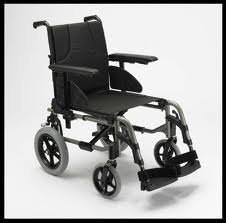
Welcome to the twentieth day of the National health Blog Post Month Challenge hosted by WEGO Health. Every day during the month of November I will be writing a new blog post related to health and living with a chronic illness based on given prompts provided by WEGO Health.
Today’s prompt reads:
I Still Remember…Free write a post that starts with this line and describe an unforgettable moment in your health journey (for example; a cancer free diagnosis, etc)
I still remember the first dizzy spell that I experienced when I was eight years old. Although my Mum suspects I may have experienced dizzy spells when I was really young, however the one that I experienced when I was eight, is the one that I really remember experiencing, and started my long journey living with dizziness.
It was December, and my parents and I were browsing a local DIY store in search of new wallpaper for the living room. I remember the bright, twinkling lights from the Christmas decorations that were in-store, excited for the upcoming holidays. We were browsing the aisles when out of nowhere, the dizziness came on out of the blue. It felt as if I were moving in a room that was still and silent, even though I was actually standing still. I remember being so afraid of falling, that I suddenly grabbed my Mum’s hand and squeezed so tightly as if it were the only thing that was going to stop me from floating away from my parents. The increased sensations of the weakness and trembling in my legs; worried that they were going to collapse. I was so frightened; unaware of what was happening to me and unable to adequately describe the sensations or the experience of what was happening to me. I felt sick and very warm, and just felt an urge to escape the store and go back to the comfort and security of home.
I can still remember going back to the car, sitting down, but still feeling incredibly dizzy, which continued for some time after leaving the large store. I thought how scary the whole experience was and that i wished so desperately for it to never happen again. But as we all know, sadly it was not to be the last dizzy spell that I would experience; instead it would be the first of so many. Dizzy spells that would not only increase in the frequency, but also increase in the severity, until I would live with it constantly as I am now. Yes, I still remember….









